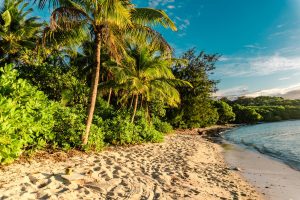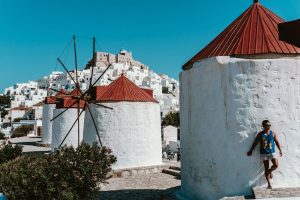Romania, the land of vampires, gypsies, and everyone’s favorite early 2000s song, Dragostea din Tei. No come on. Romania is definitely not those things and so much more. In fact, it’s a huge country with a rich history throughout the ages. It was a crossroad between East and West, North and South, and the people saw migration from all over influencing the region.
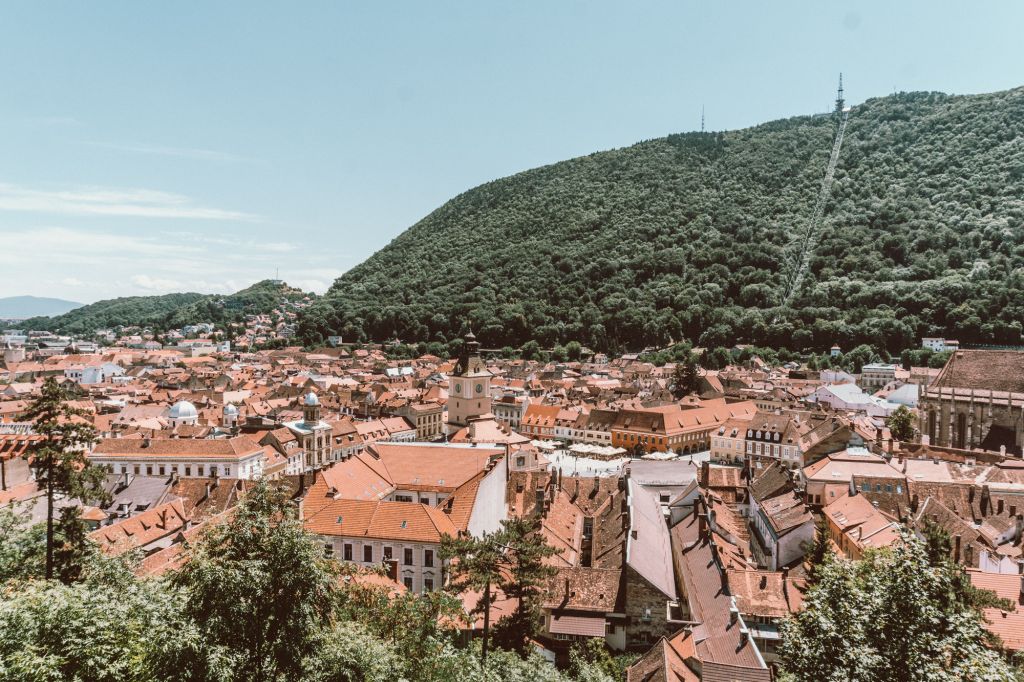
Romania is a truly beautiful country. Its picturesque German villages, the Carpathian mountain ranges, and the Black Sea are just some of the small highlights of the country. Most people skip Romania in favor of other more popular European countries but if you get the chance to visit, definitely do it.

Cost of Traveling through Romania
Romania is a very cheap country to visit. It’s among the cheapest countries in Europe. It’s up there with the likes of traveling through Bulgaria, the Balkans, Albania etc. Salaries in Romania are very low (although they’ve increased in recent years) so you can expect things to be priced accordingly. There’s a reason that so many young and educated Romanians have moved abroad to earn higher wages.
Expect to pay 10-15 RON (Romanian LEI) for a beer and 15-20 RON for a glass of wine in a touristy area. A main at a restaurant can be had for 30-40 RON in a touristy area. Accommodation is generally very cheap through Airbnb or hostels and I never paid more than 200 RON a night staying in the city center.
Bucharest is more expensive than the other cities in this post simply because it is the capital city and there’s more industry. Nevertheless, don’t expect to break the bank when traveling to Romania!
How to get around Romania?
Romania is a big country with mediocre public transportation so you should plan your route beforehand.
By Car
Renting a car is a great way to see the country. Romania has invested in new roads in recent years so the connections between major cities is quite good. Car rentals are generally very cheap especially if you’re renting from the major airports.
Knowing how to drive a manual car will make it much cheaper like most of Europe for that matter.
By train and bus
While planning my trip through Romania, I looked at getting around the different cities by bus and train. It turns out the train system in Romania is notoriously bad. I couldn’t find many connections between the cities in Transylvania and the ones that I did find took forever (7 hours from Timisoara to Cluj Napoca for example).
I didn’t have that many days to just waste on the train so in the end I did not take too many trains and buses. The only train I did take was from Brasov to Sinaia as part of a day trip to visit the Peles Castle (much recommended).
Using BlaBlaCar to get around Romania
BlaBlaCar is my favorite way to get around Romania (and Europe for that matter). It’s essentially a group carpooling app that allows you to book a seat in a car with someone already planning the route you’re going. It’s just a great way for the driver to get some extra cash to use on petrol.
BlaBlaCar is generally much faster than a bus or train and is probably cheaper too. I use BlaBlaCar exclusively to get around Romania.
You’ll want to check your route ahead of time and see what the options are. Most people don’t offer trips until about a week out so I would monitor the website from this point on and book the best times you can find. BlaBlacar is very popular among the locals so make sure to book as soon as you see something that fits your itinerary!

Unfortunately, the website is only in Romanian but just simply use Google Chrome’s translate feature and you’ll be sorted.
Where did I go in Romania?
In total, I spent a week traveling through Romania. Romania is a big country with plenty of cities so unfortunately I didn’t have enough time to see much else besides the major cities and the sights surrounding it.
There are plenty of mountain villages and seaside towns like Constanta that I would have loved to see but I think I got a good flavor of the country by this itinerary.
Most of my itinerary is focused around the area of Transylvania as this province houses all of the most beautiful cities in the country. The other provinces of Moldavia and Wallachia didn’t seem to have many must visit cities. Here is a list of everything I saw while in Romania:
- Timisoara
- SIbiu
- Cluj Napoca
- Brasov
- Bran Castle (Dracula Castle)
- Peles Castle
- Turda Salt Mines
- Carpathian Mountains
If this sounds like the places you want to also see, this itinerary is for you!
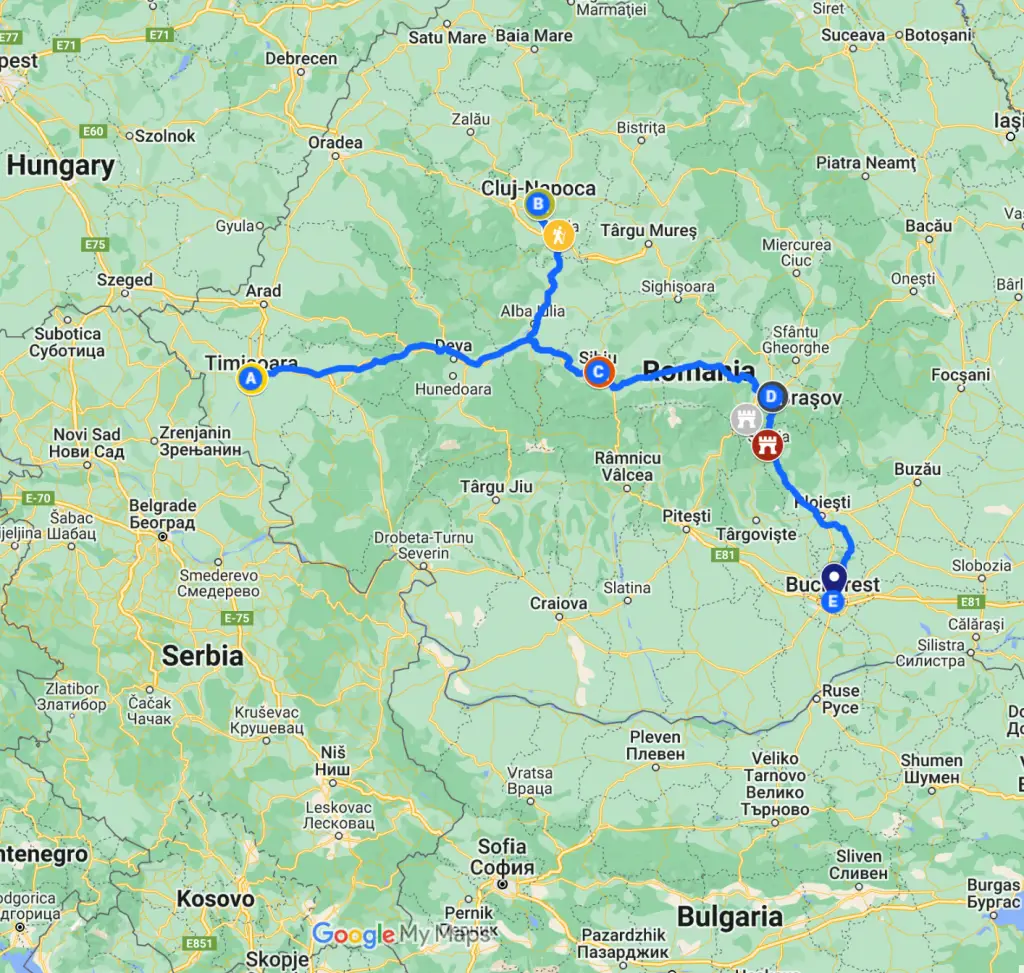
The Romanian cities are small
The Romanian towns that I saw are all very small. Except for Cluj Napoca, I think you really only need 1-2 nights maximum in each place. The old city centers are small and can be seen in a matter of hours. Unless you are really into Romanian history and culture, you don’t need to spend more time. Of course, if you want to relax and enjoy the good wine and food, by all means spend a few extra days but for my style of traveling, it wasn’t necessary.
Full Romania Travel Itinerary
This itinerary starts in Timisoara, the furthest western city of Romania. I only started my itinerary in Timisoara because I found a very cheap flight from Milano (only 15 Euros!). Romania enjoys many flights from other European capitals thanks to Ryanair, Wizzair, and BlueAir.

I only spent a day in Timisoara which I think is enough. From Timisoara, I ventured east to the second largest city in Romania of Cluj-Napoca. This cosmopolitan city is one of my favorite places in Romania and definitely the city I would come back to to explore more of the country.
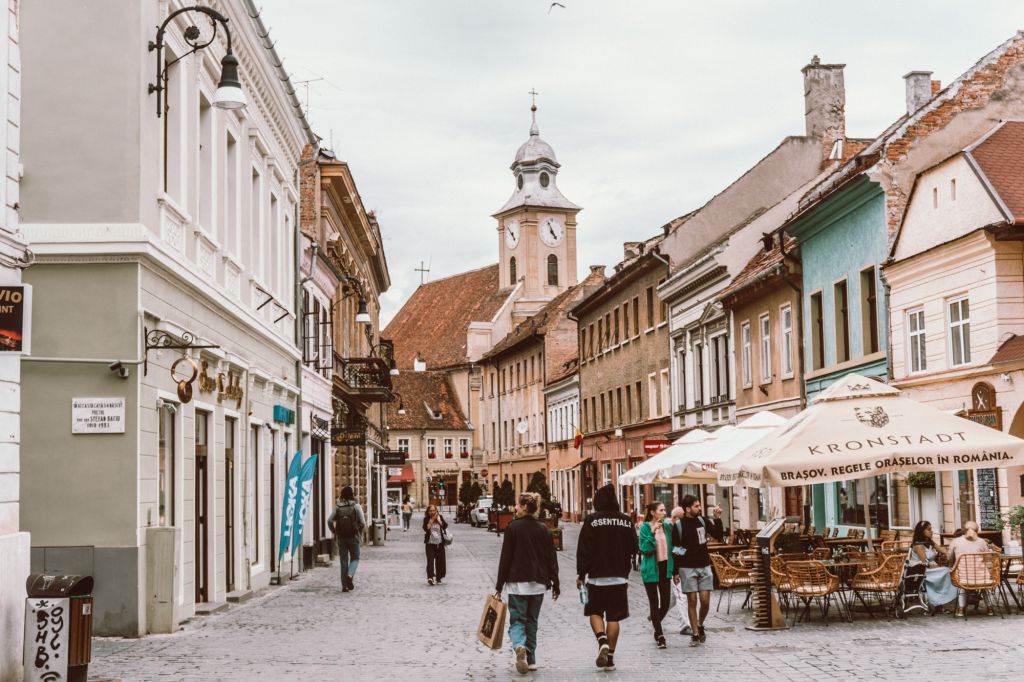
From Cluj, I continued my journey through Transylvania to the city of Sibiu. This is one of the most beautiful and well preserved Transylvanian cities with a rich German heritage. Walking around the town, I had to ask myself if I wasn’t somewhere in Germany. After a few days in Sibiu, I went on to the final city in Transylvania of Brasov. This picturesque city in the heart of Transylvania is close to the famous Bran Castle which is world famous for the home of Dracula. In reality, most Romanians only found out they were vampires a few decades ago.
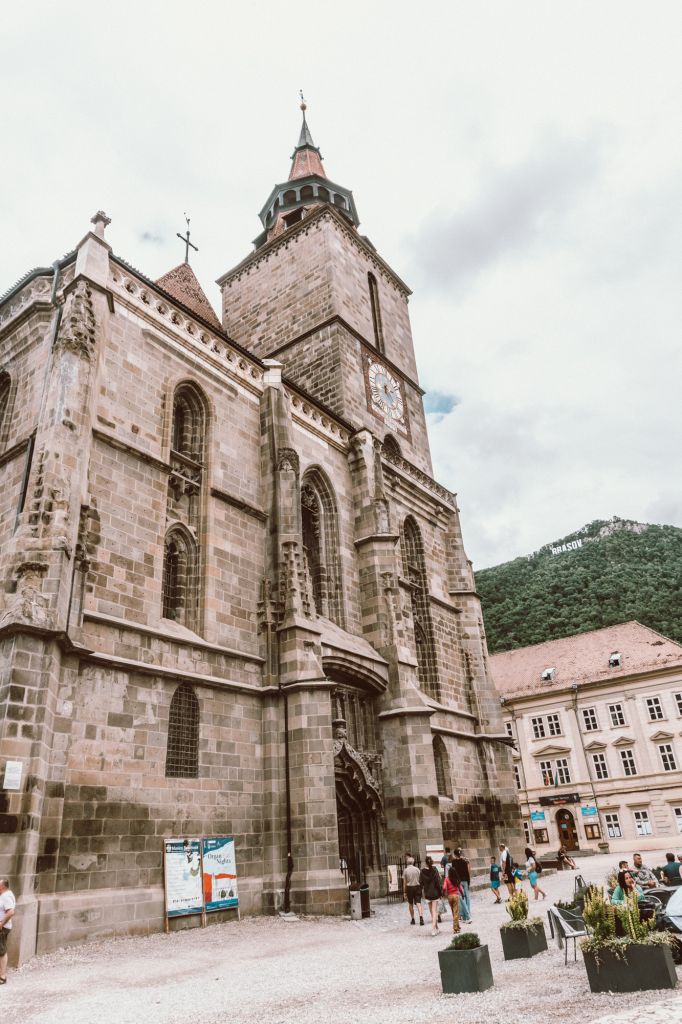
Finally, the trip ends in Bucharest, the capital of Romania. Many of my friends told me to avoid Bucharest because it is a hectic city without much charm and home to mostly ugly Communist buildings. Bucharest is however one of the premier party destinations in Europe and its nightlife is famous. I think in my younger days, I would have made it a priority to visit Bucharest purely for partying. This wasn’t the priority on this trip.
Day 1-2: Timisoara
Timisoara is a city in western Romania, the capital of Timis county. The city is situated on the river Bega, surrounded by many parks and outdoor cafes. With a population of over 300,000 inhabitants, it’s one of the largest cities in Romania.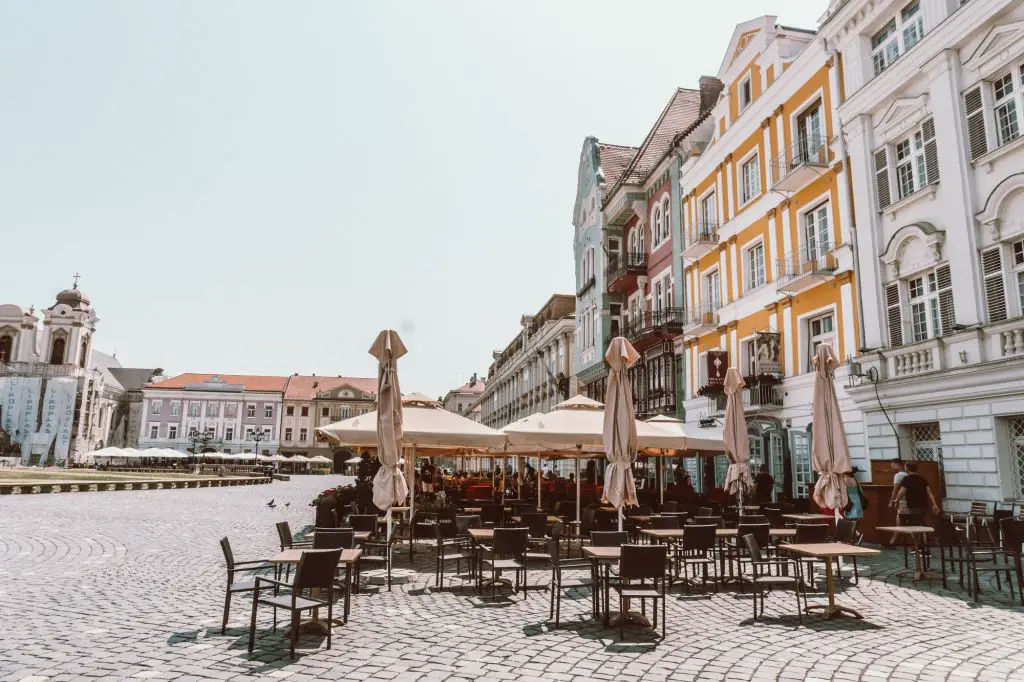
Timisoara is known as “The Pearl of Banat”, due to its large number of green spaces and parks. You can spend hours just walking around and enjoying the beauty of this city. The city has a rich history and even before it was named Timisoara there were settlements here that date back to ancient times. During the Roman period there was a settlement called Durostorum in what is now Romania’s second largest city.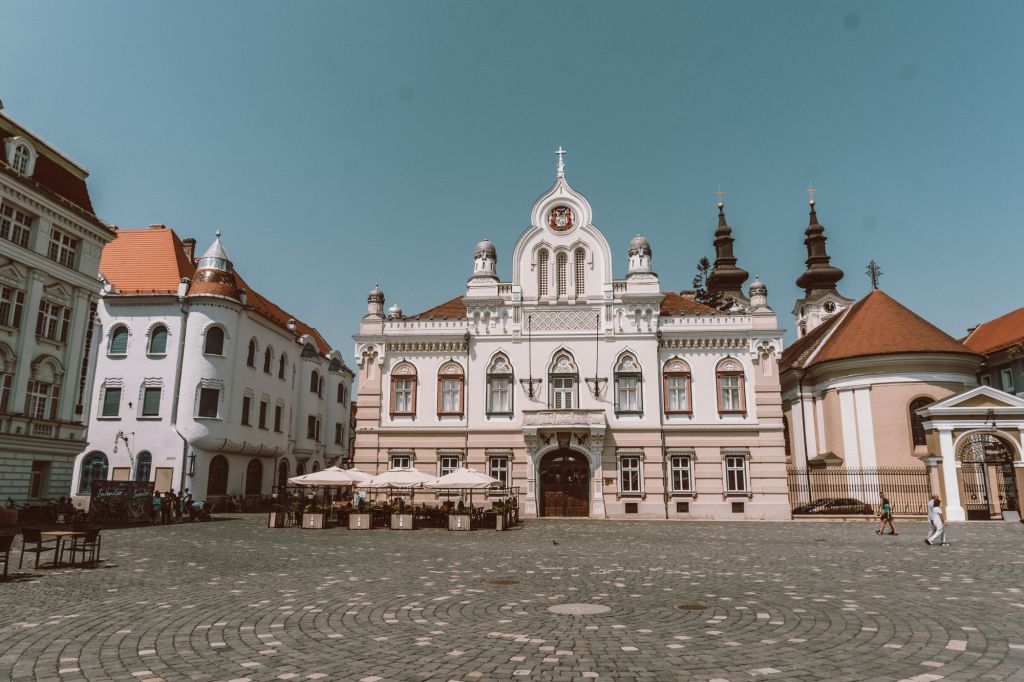
What to do in Timisoara
The city has many attractions, including the Orthodox Metropolitan Cathedral and the Banffy Palace. The city also has many museums, including the Museum of Banffy Castle, housed in an 18th-century building that was once home to an aristocratic family.


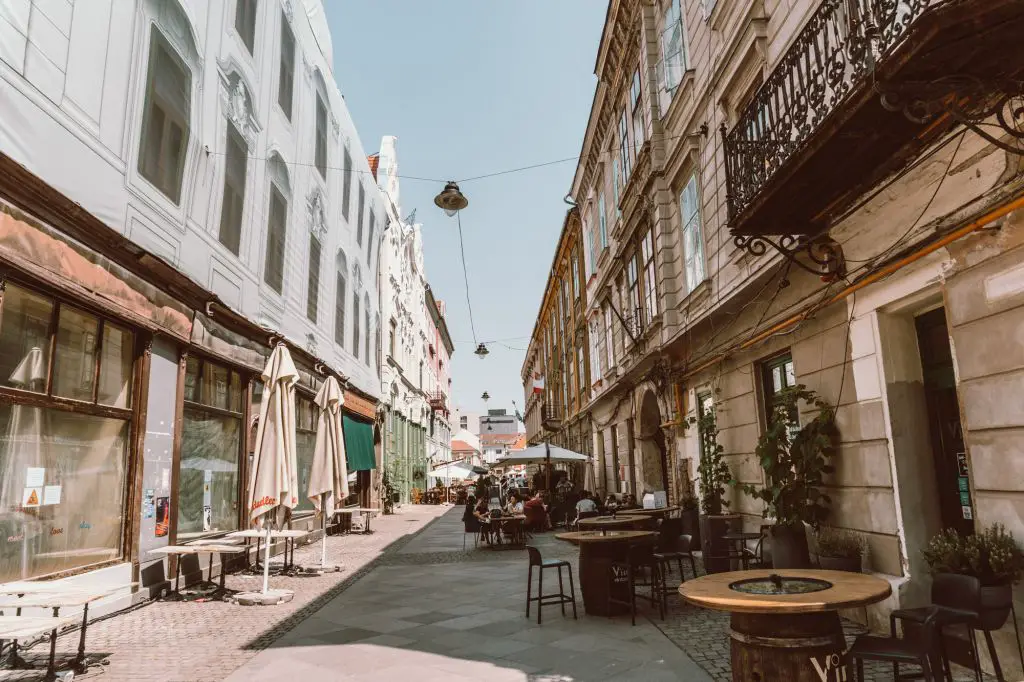
Timisoara’s Old Town is a popular tourist attraction with cobbled streets and historic buildings dating back hundreds of years. The city is also famous for its street art scene; the Timisoara Murals Project features dozens of works by local artists depicting scenes from Romanian history and culture.
The city center is very picturesque with beautiful Baroque style architecture everywhere you go. In fact, the city center is almost too perfect. It feels almost fake in how perfectly placed and perfectly painted everything is. The city center is not that big however so you can see the whole thing in a less than 1 hour.
Day 2-5: Cluj Napoca
Cluj Napoca is the second largest city in Romania and probably its most cosmopolitan. Compared to the other cities on this list, Cluj Napoca is the only “real” city in my opinion. There’s palpable life and energy in Cluj that doesn’t really happen in the other cities.
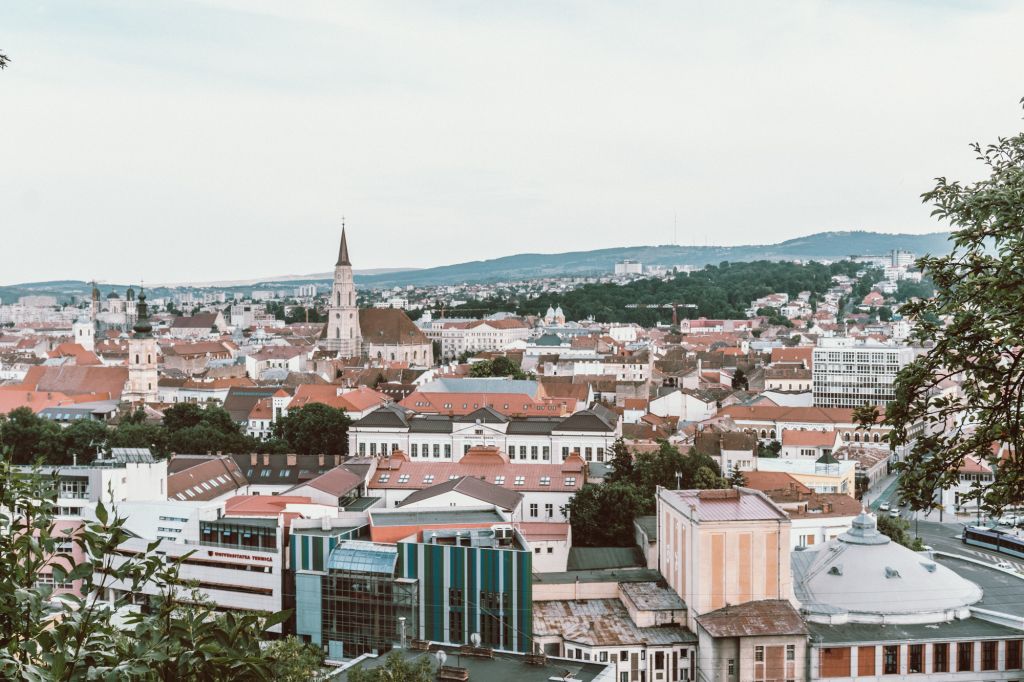
Cluj is also home to a vibrant tech scene with plenty of start ups, hipster style cafes, co-working spaces, bars, and plenty of restaurants. Cluj is probably my favorite city in Romania and I spent the most amount of time here. If I were to spend an extended amount of time somewhere in Romania, Cluj would definitely be it.

Cluj is a very beautiful city with traditional German and Hungarian influences. It was the heart of the Hungarian empire that ruled over Romania for many centuries. The city was a place where the ruling elite lived along with the German settlers that were invited on behalf of the king.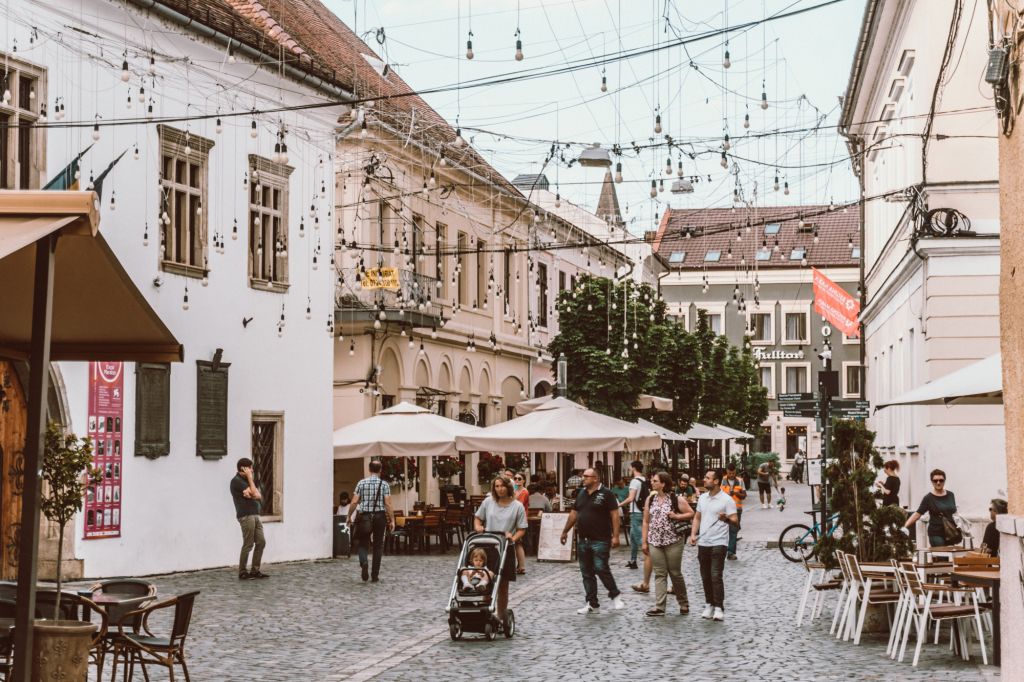
Free walking tour of Cluj Napoca
One of the best things to do in Cluj Napoca is to take the walking tour. In the summer months, there are two daily tours which take you through the old town. I found this tour to be extremely informational and learned so much about the history of Romania.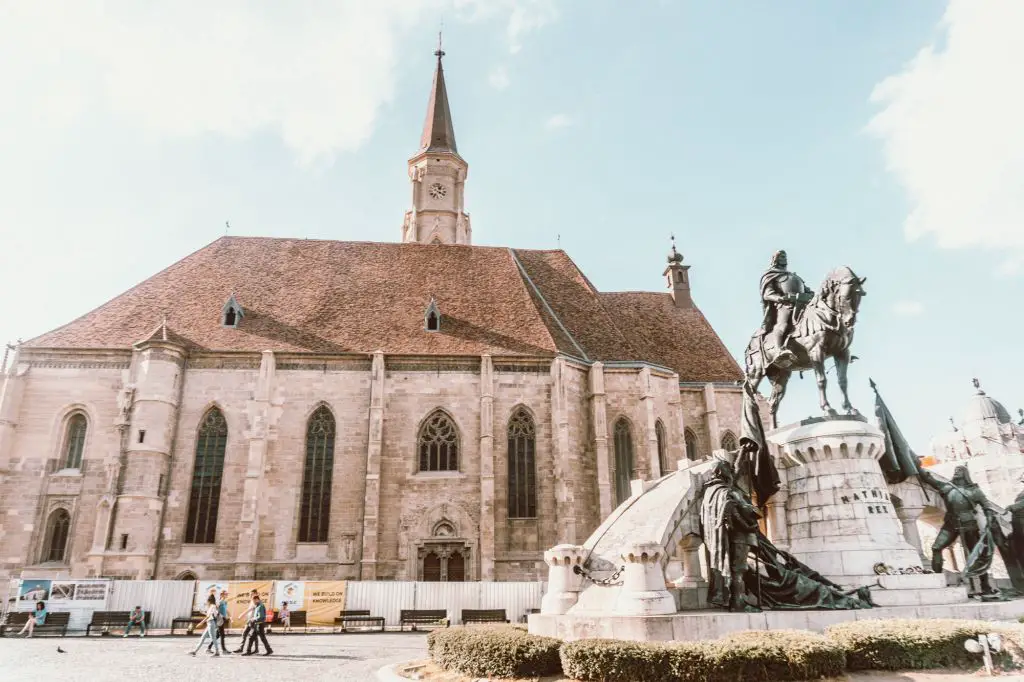
To be honest, I had no idea about the Hungarian Romanian feud over Transylvania (not that there is much of one anymore) or that Romanians were essentially vassals to other empires throughout much of their history.
Turda Salt Mines
The Turda salt mines are located in Romania and were used for over 400 years. They were first discovered in 1588 when the salt was being mined. The Turda salt mines are said to be one of the most important salt mines in Romania. The mine is 1,200 meters below ground and has an underground lake that can hold up to 17 million tons of water.

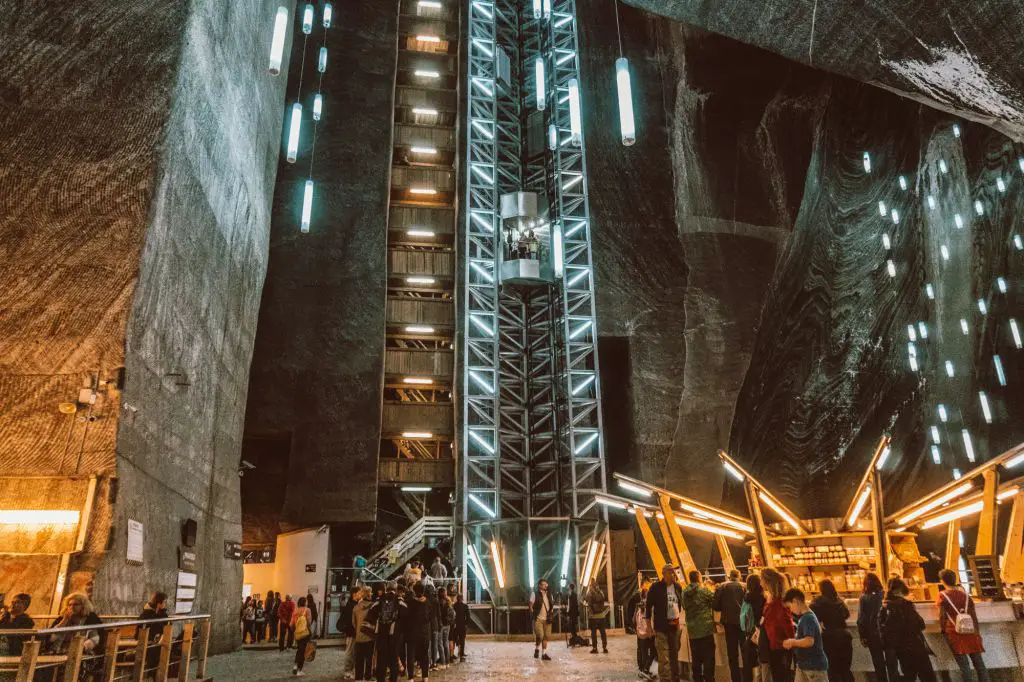
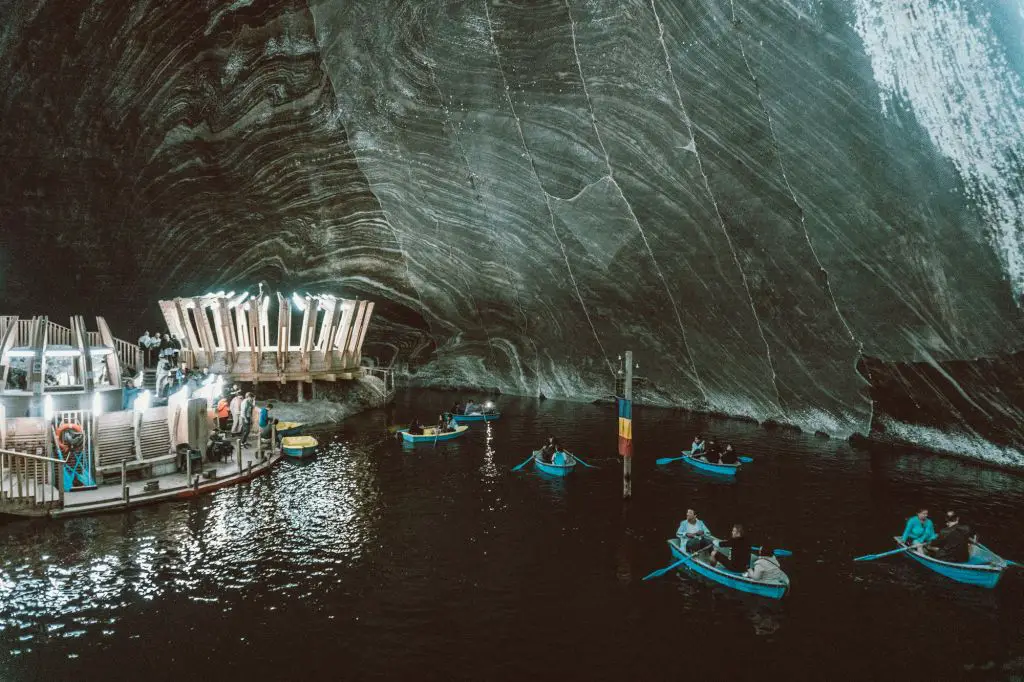
The Turda salt mines have been abandoned since 1967 when it was officially declared a World Heritage Site by UNESCO. Today, it is still an active salt mine but one which also offers tourists many other attractions including an underground lake, an active water treatment facility and a museum where you can learn more about its history. It’s pretty wild once you enter this structure and grasp the sheer size of it.
To get to the Turda Salt Mines, take the Alis bus to the northeast of the old town to the town of Turda. From the city center, take a bus or a taxi directly to the salt mines. 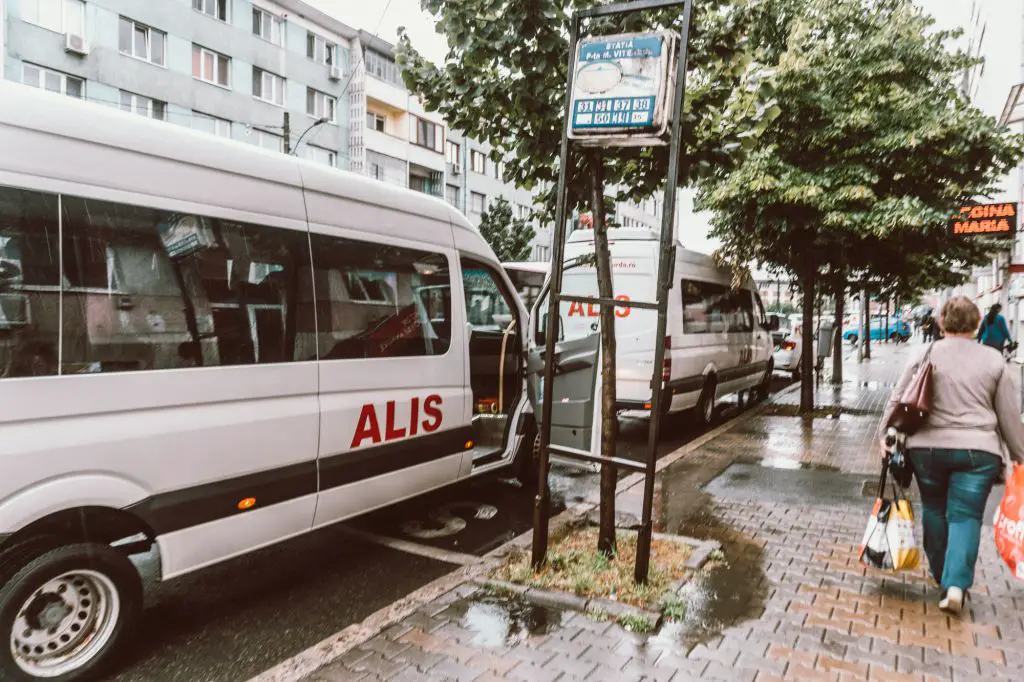
Day 5-6: Sibiu
Sibiu is the last stop of the itinerary. I ended the trip here solely because of my flight home was out of Sibiu. The Sibiu airport is small and only 10 minutes away from the city but they have surprising direct flights to Frankfurt!
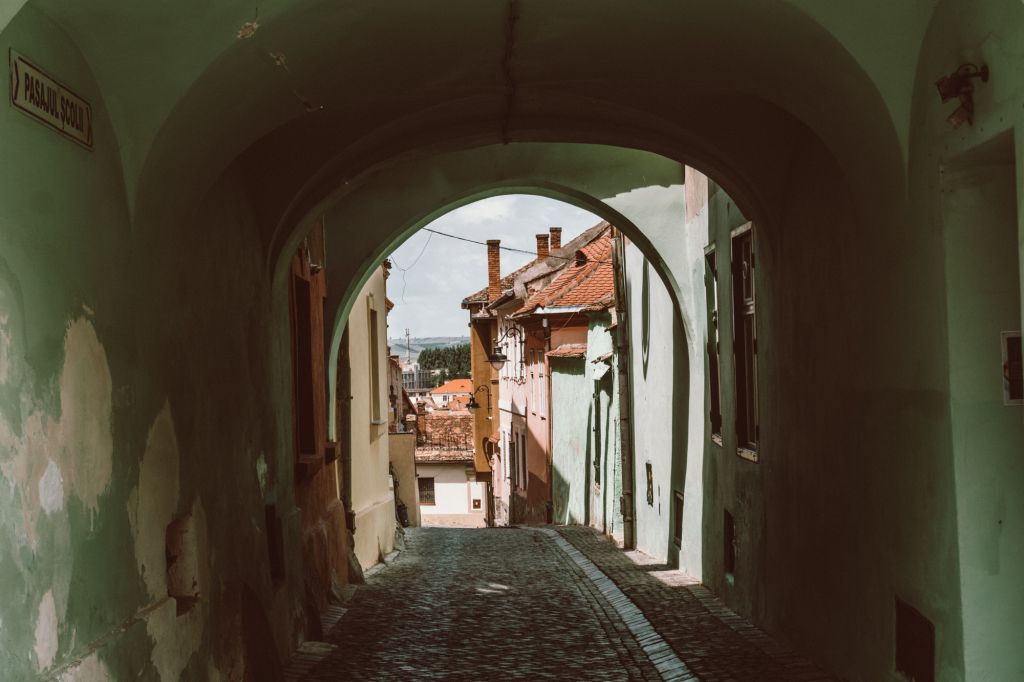
Sibiu is one of the most beautiful cities in Romania. The German influence can be felt all over Transylvania and no city is it stronger than in Sibiu. The German influence can be seen in architecture as well as in culture (the town has been part of Hungary for centuries – before World War II it was called Hermannstadt).
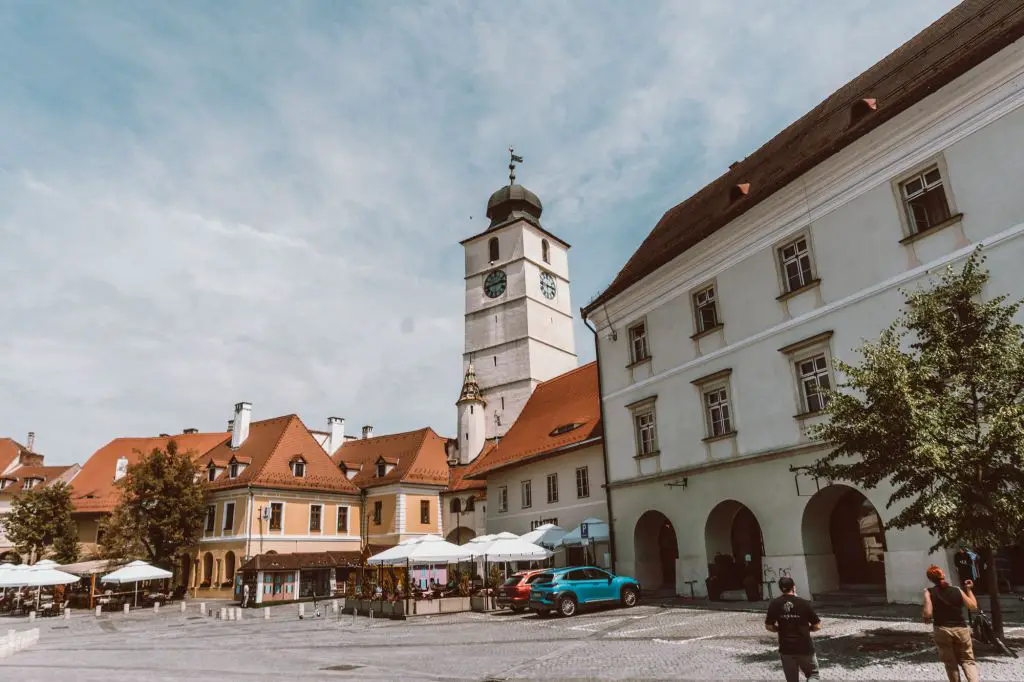
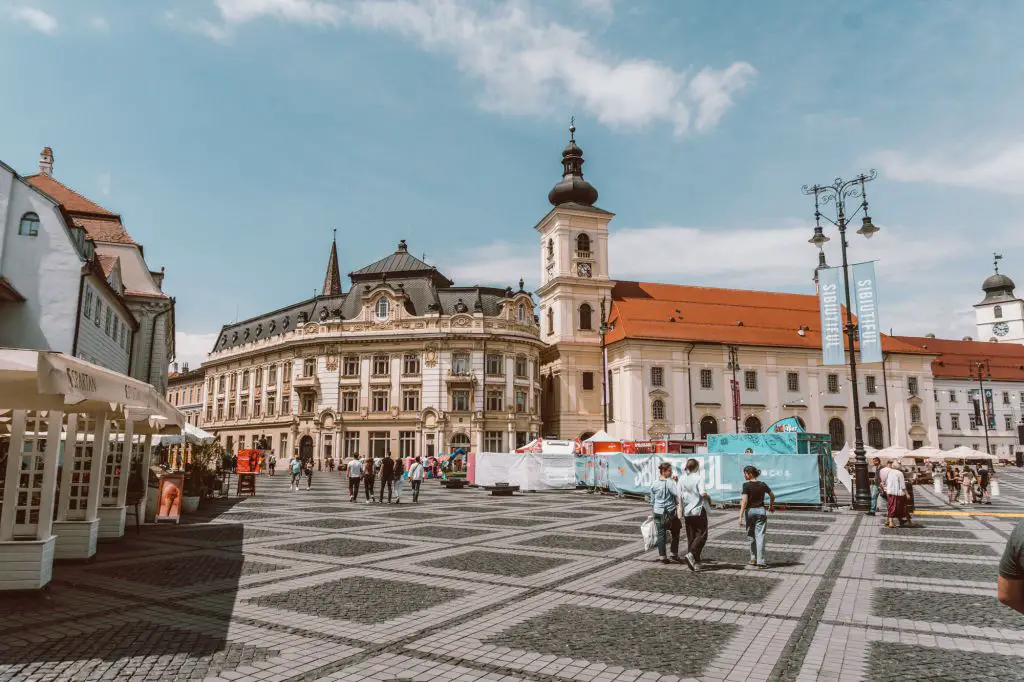
The Old Town is famous for its beauty and well preserved medieval buildings including many churches, towers and fortifications. In the summer there are open air concerts in front of city hall where you can enjoy live music while eating traditional Romanian food such as sarmale or ciorba de perisoare (goulash soup).
The city has some nice museums and galleries that you can visit while you’re there. If you are interested in history, then the Ethnographic Museum is a must see.
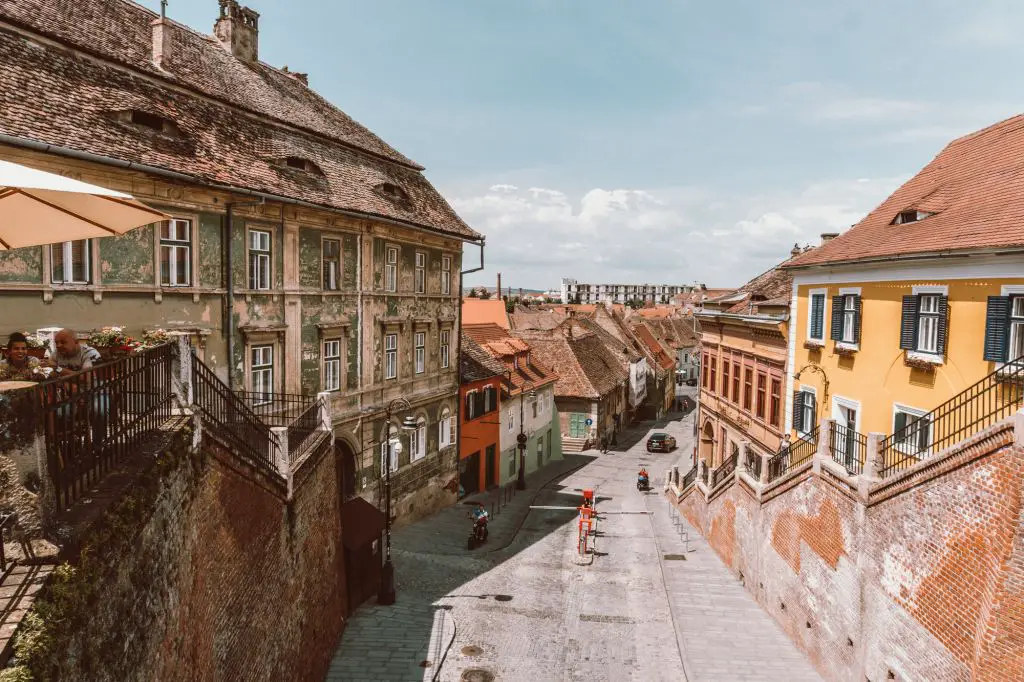
There are also a lot of beautiful churches and monasteries in Sibiu that you can visit while you are there. One of them is the Brukenthal Palace located near the center of town and another one is the Roman Catholic Church which was built in 1350 by Saxon immigrants who came to Sibiu after the Mongol invasion.
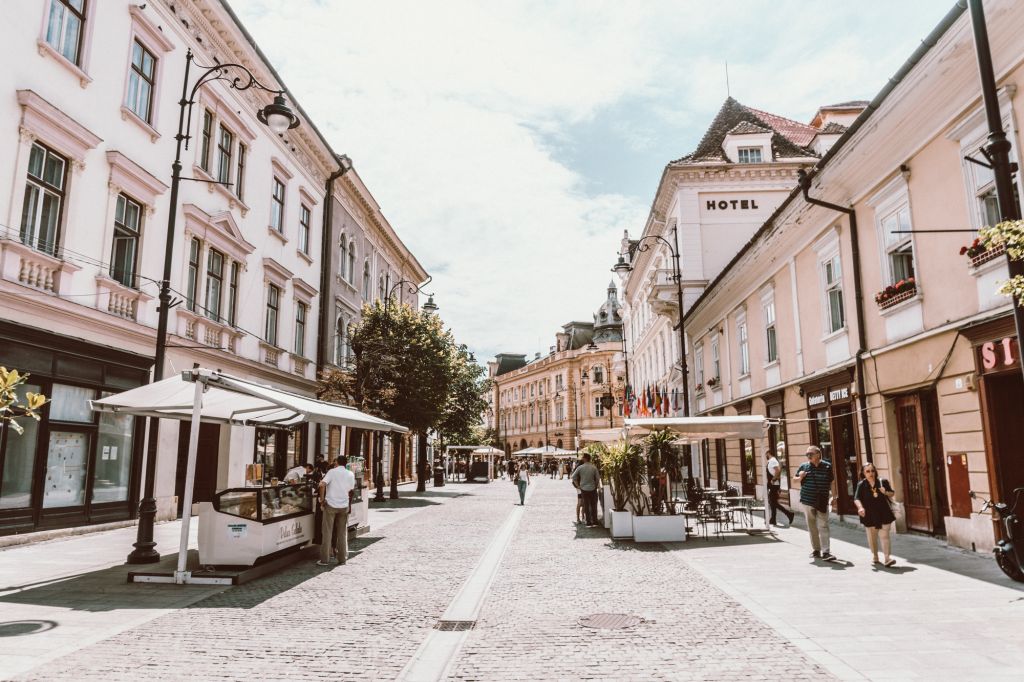
If you want to spend some time outdoors, then I suggest visiting any of these places:
Sibiu City Hall Tower: This tower is located on top of City Hall and offers amazing views from up there. It’s also free to go up there which is nice because it’s not always easy to find something like this for free these days!

Sibiu Citadela Mică: This is another place with great views from up high. The view from here is just amazing! You will be able to see everything below including all the medieval buildings in this part of town
Day 6-8: Brasov
From Sibiu, I took another BlaBlaCar to Brasov. This short 2.5h drive takes you from one beautiful Transylvanian town to another. Brasov is one of the most picturesque mountains in Romania as it is located in the heart of the Carpathian mountain range which gives me low key vibes of the Albanian alps.
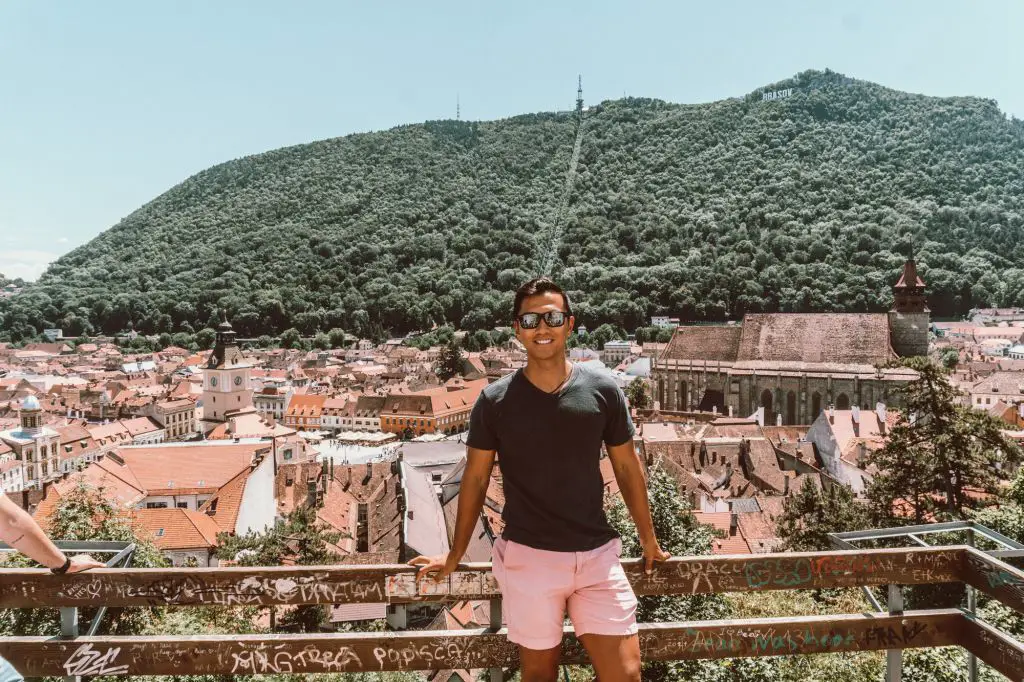
The main attractions in Brasov are its historic centre, which dates back to medieval times, and its many churches, some dating back to the 17th century. There are also many museums including those dedicated to art, history, culture and folklore.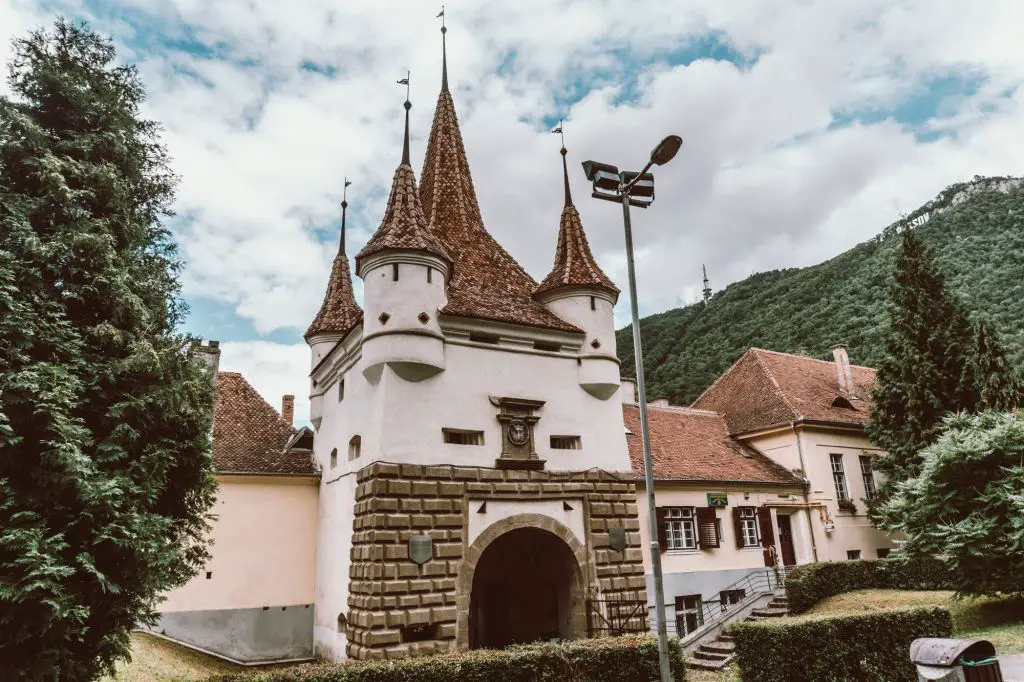
The Museum of Contemporary Art has an impressive collection of paintings by Romanian artists such as George Apostu or Tudor Brauner; while the Museum of Folk Art houses a collection of traditional costumes and tools used by local craftsmen.

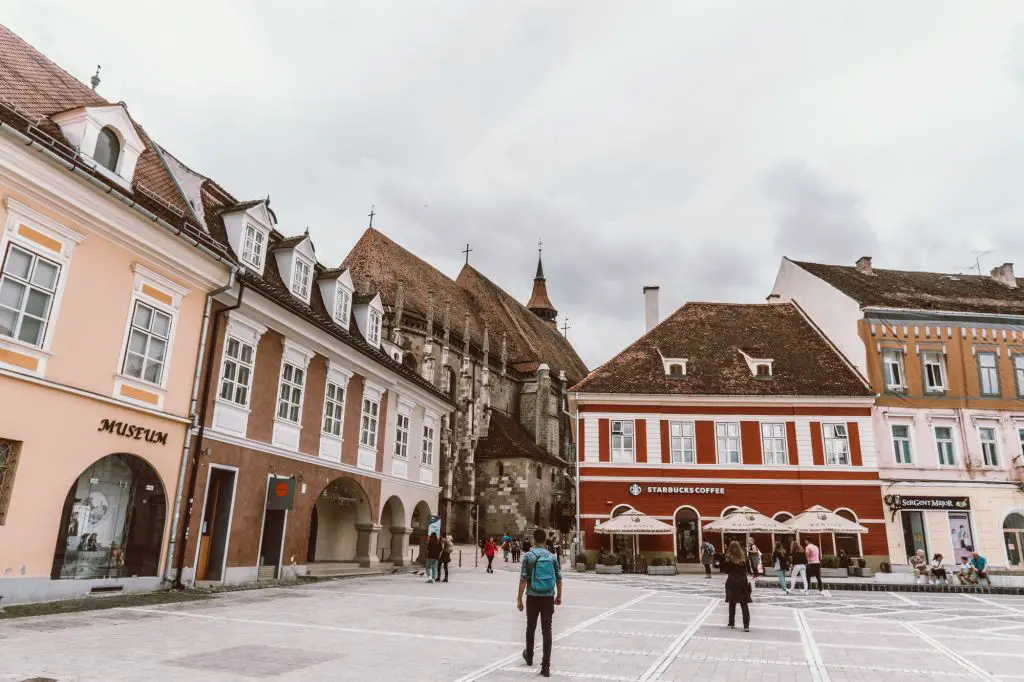
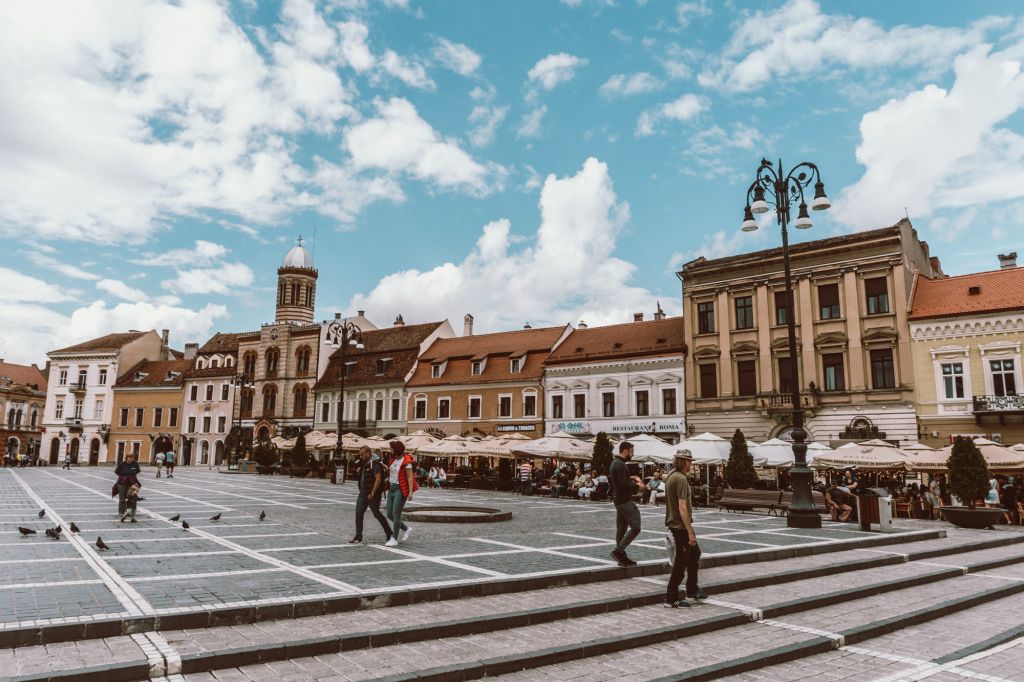
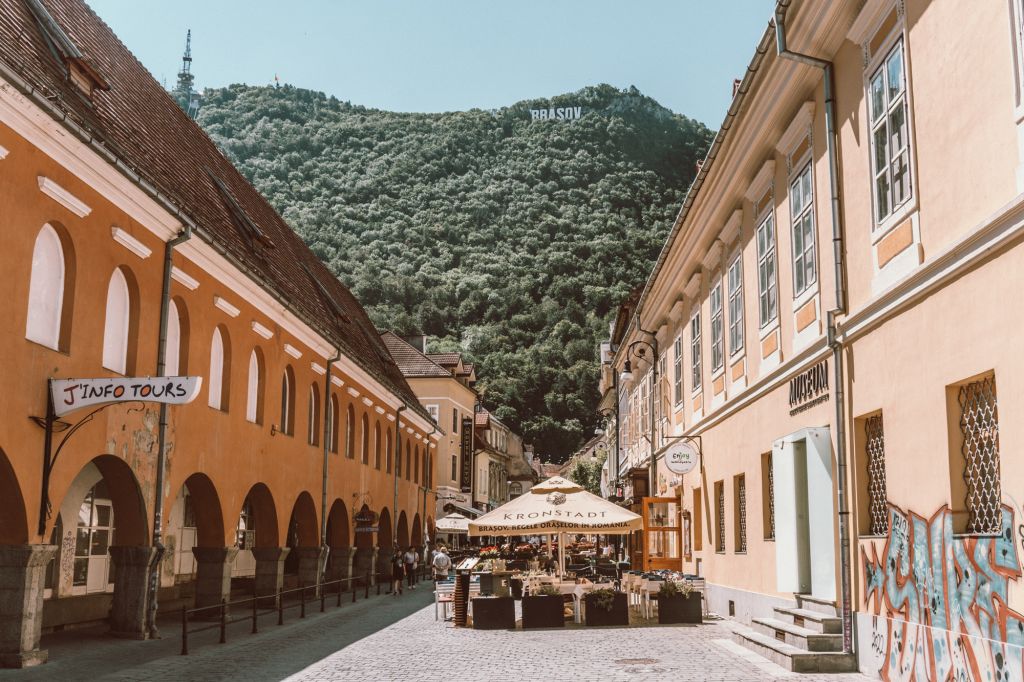
Another museum worth visiting is the Museum of Wall Paintings which shows interesting examples from Brasov’s past including murals painted on churches during communist rule. Finally, visitors can visit the Muzeul de Istorie Naturala (Natural History Museum), which features collections of fossils, minerals and geological samples from across Romania
Peles Castle
Peles Castle is a definite highlight on my trip to Romania. It’s by far the most beautiful castle in Romania so if you are a castle newbie, this is not to be missed. I’ve seen countless castles while living in Germany but this is still way above average.
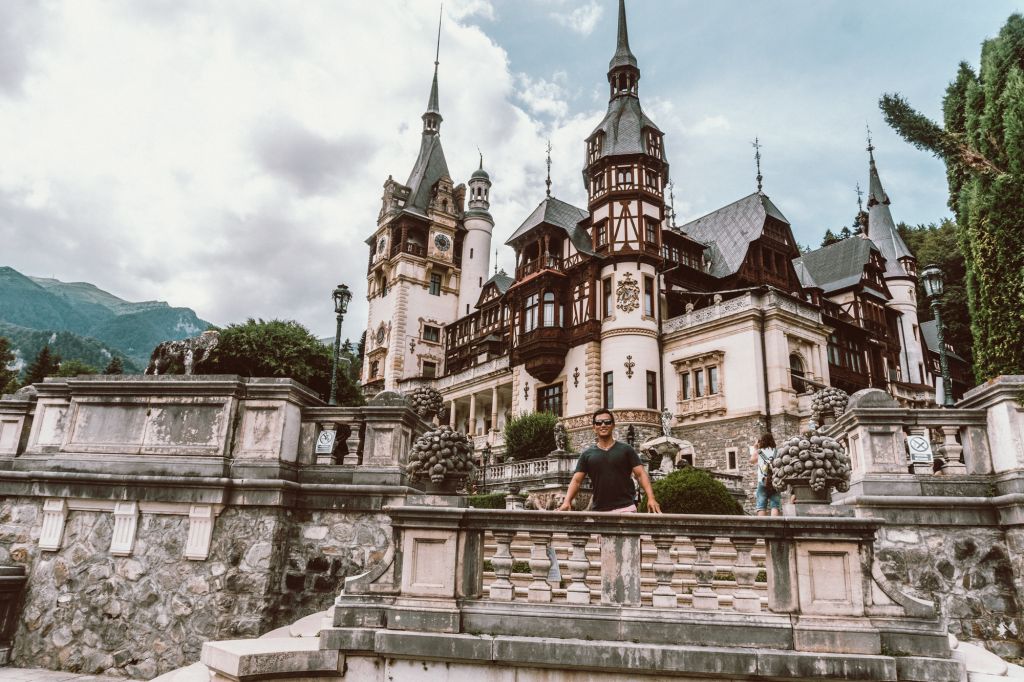
Peles Castle is a real castle for starters (unlike Bran Castle) and while it does not have the fame or notoreity as Bran, it is much more beautiful.
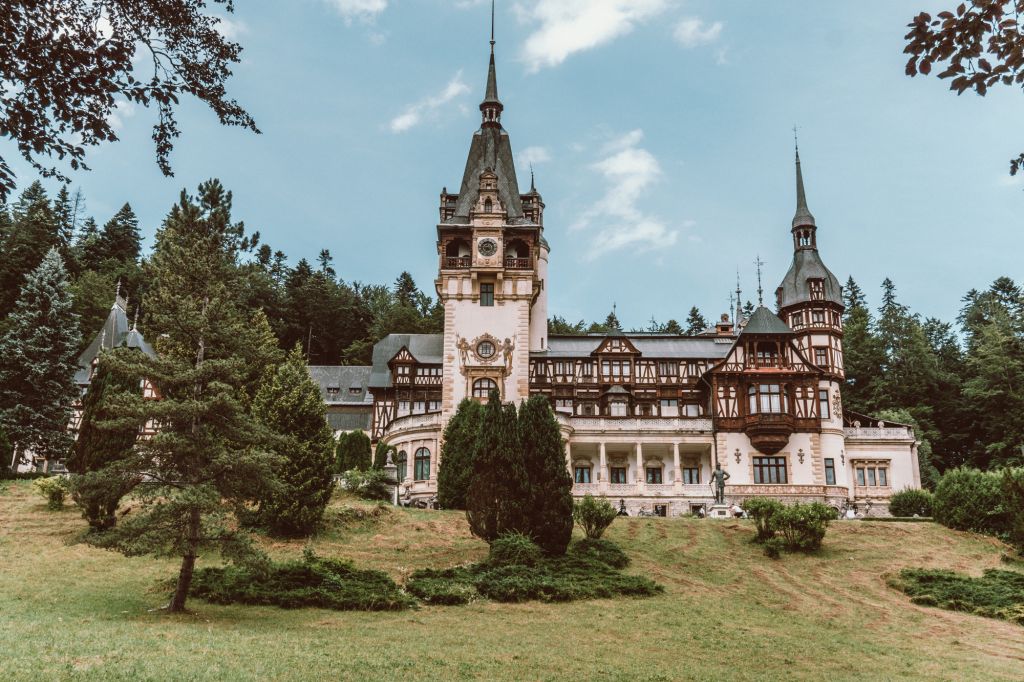
To get to Peles, you can take a train from Brasov to Sinaia train station. This train runs every 30 minutes or so and takes just over 1 hour to complete. You can simply arrive at the Brasov train station and ask for a ticket to Sinaia. I paid 25 LEI for a round trip ticket between Brasov and Sinaia.
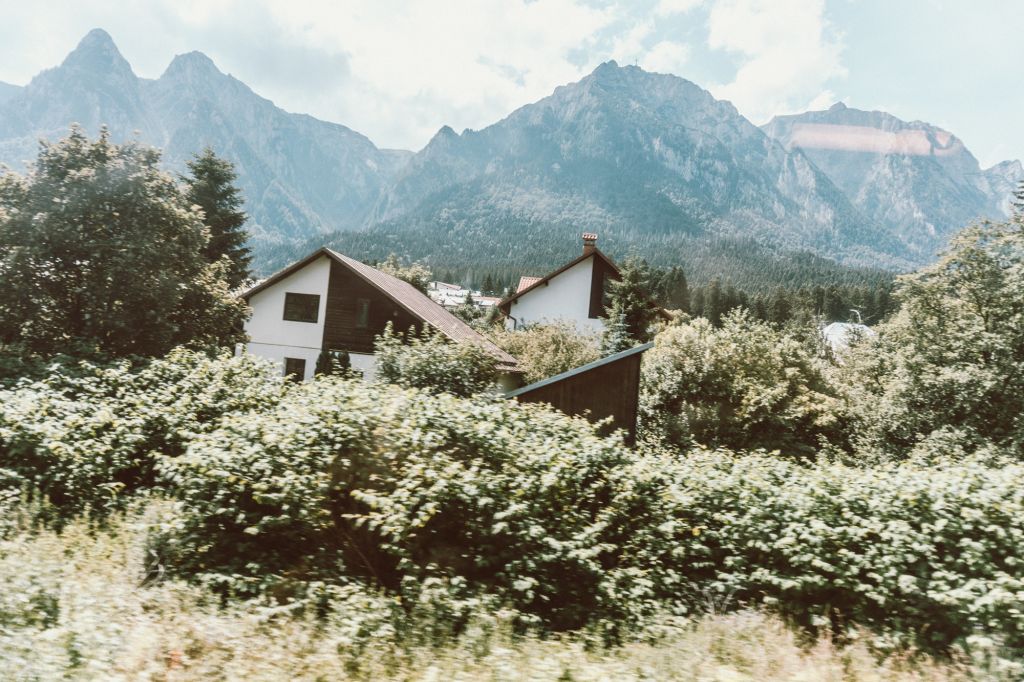
From the Sinaia train station, you can either hike or take a taxi. The hike is roughly 40 minutes and is mostly uphill passing through the main town, parks, and the like. The taxi will take you less than 10 minutes to reach the castle. There are always taxis waiting outside of the train station and I paid 20 LEI for this trip. I ended up walking back towards the train station from the castle.
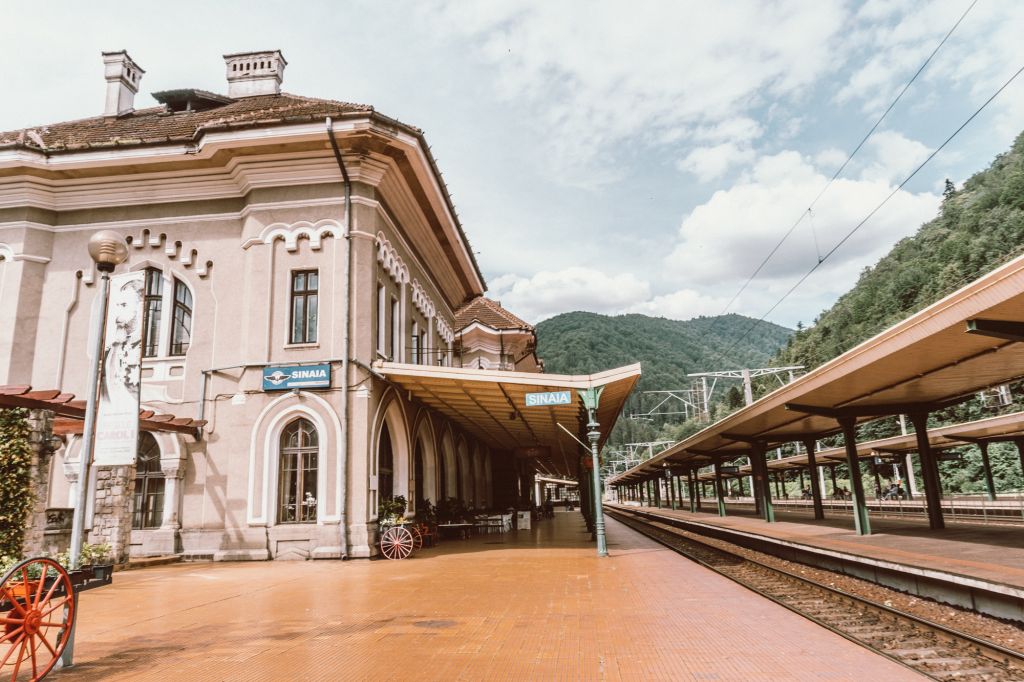
Once you reach the castle, you’re free to admire and take photos of this beautiful castle. Peles Castle was only completed in the late 19th century when Romania’s first King Carol I decided it was a beautiful piece of land when visiting.
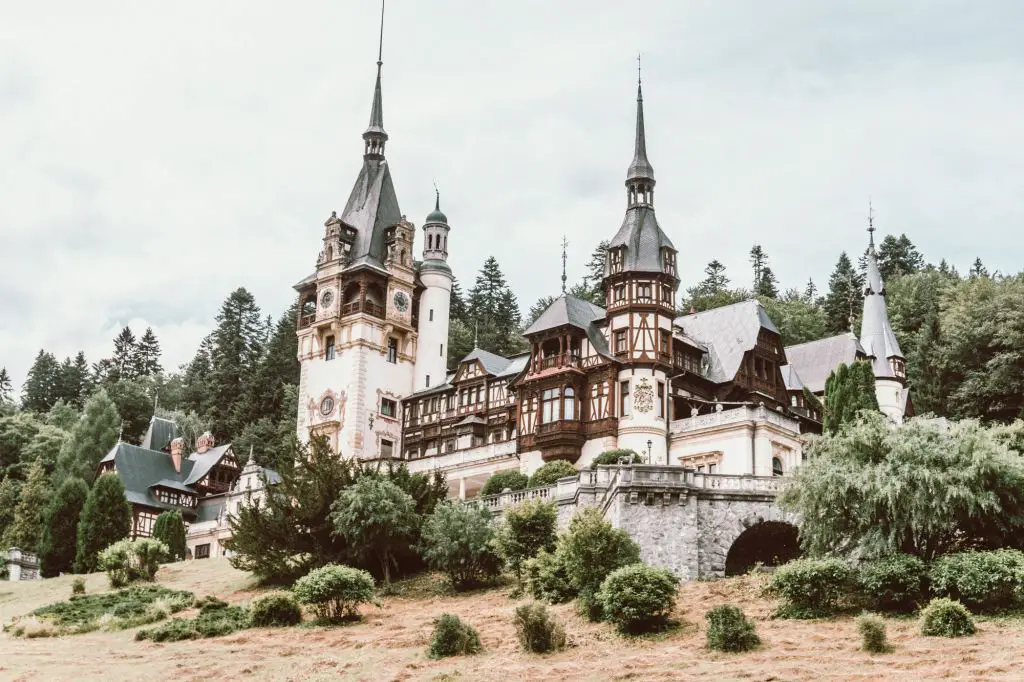
Bran Castle
Bran Castle is a medieval castle located in the village of Bran and is one of the most famous attractions in Romania.
Bran Castle was built in 1377 by the Teutonic Knights and then held by Wallachia and Transylvania until 1552 when it was taken over by the Ottoman Empire. In 1612, it became the property of Mihai Viteazul, the prince of Wallachia, who restored it as his residence. Bran Castle was occupied by Vlad III Dracula (Vlad Tepes), who was imprisoned there for two months before being taken to Targoviste, where he was executed on April 14th 1476.

The castle was depicted in Bram Stoker’s novel Dracula, although most of its plot was set in Whitby (England), with only one chapter taking place at the castle.
\It’s quickly become one of the most popular symbols (for better or for worse) of Romania and is the most visited sight of Romania. From Bucharest or Brasov, it’s easy to come to Bran Castle for a day. Expect massive crowds in the summer time as it has become a hugely popular tourist attraction for Romanians and foreigners alike. It’s not the beautiful and certainly not a grand castle like the Neuschwanstein castle in Germany but it’s more of the lore associated.
The castle is open to visitors year-round, and features guided tours, a gift shop and restaurant.
Hike up to the Brasov Hollywood sign
One of the best things to do in Brasov is to hike up to the Brasov sign. This Hollywood style sign is located at the top of the mountain just behind the city of Brasov. You can see this sign from almost anywhere in the city and is one of the most popular sights of Brasov.
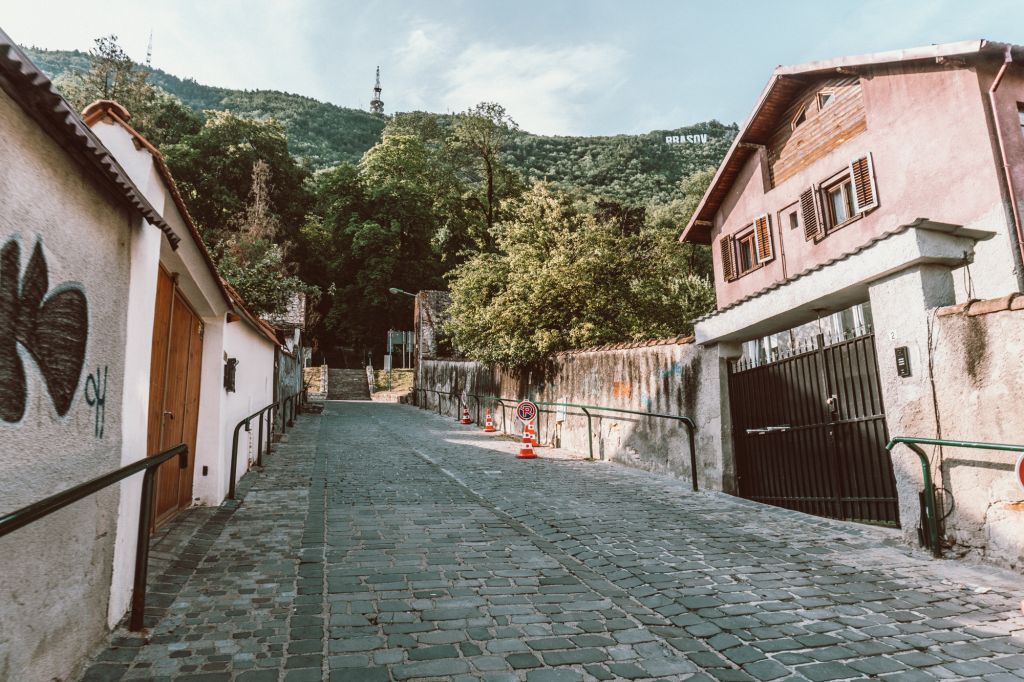
You can hike up to the top or take the much easier funicular. The hike is about 40 minutes from top to bottom and zig zagging through the forest. It’s not difficult but it’s also no walk in the park. My walking tour guide repeatedly told people to not hike in the dark because there are bears. Thankfully, I did not see any as I hiked in the morning hours.
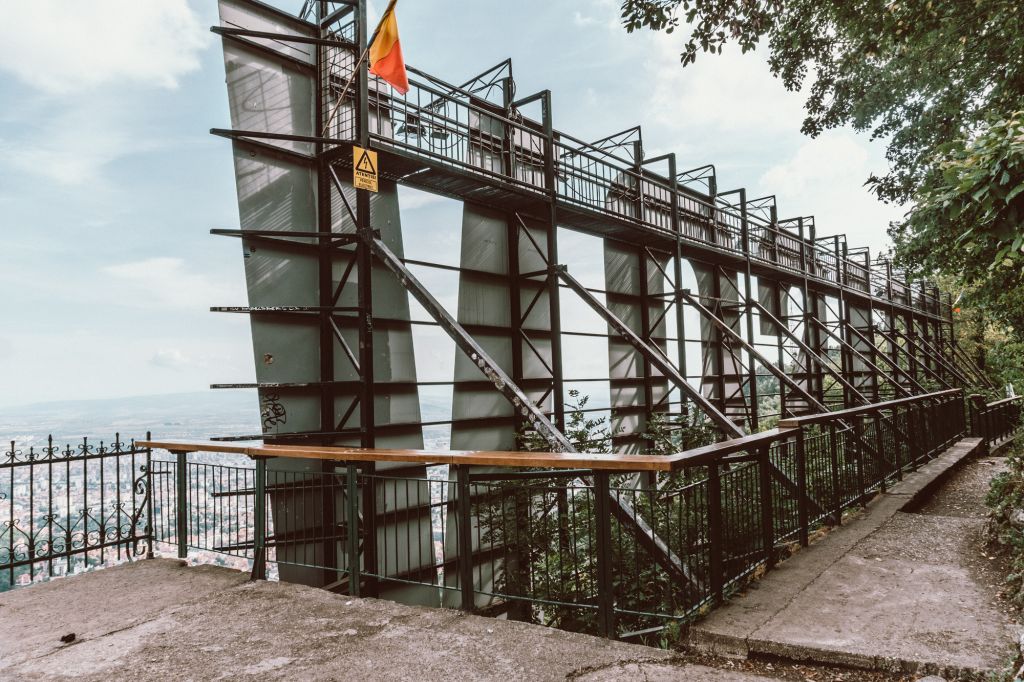
The funicular is a great option for those that don’t want to put in the physical strain. It costs 15 Lei one way and 25 Lei round trip. I ended up hiking to the top, and then taking the funicular down.
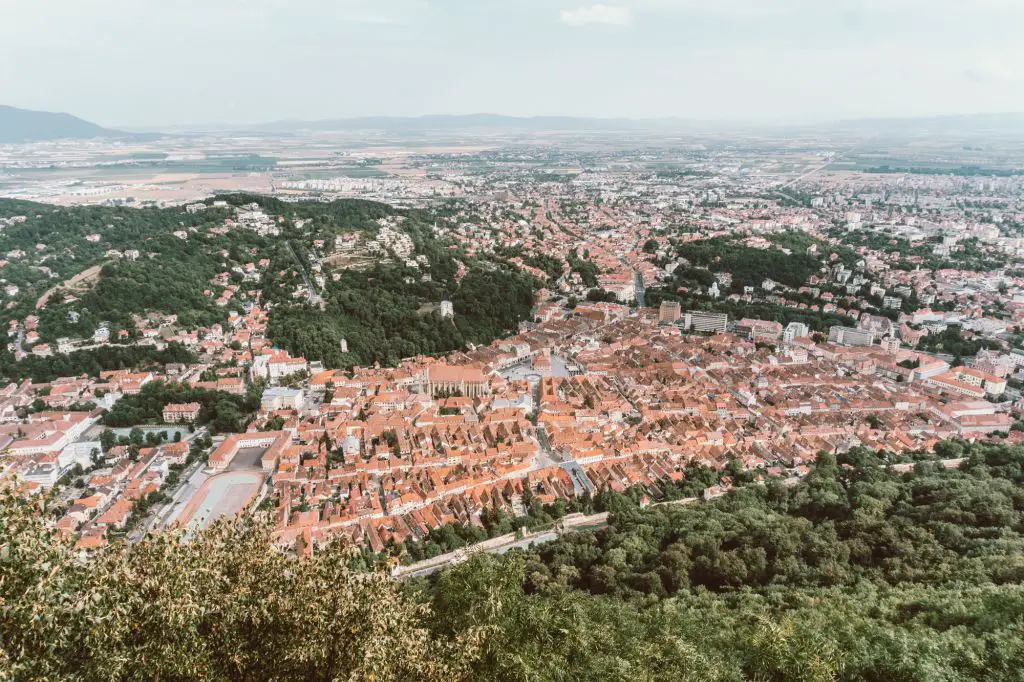
Once you get to the top, you can see the whole city of Brasov and the nearby lands. The view is absolutely breathtaking. Unfortunately, there is no platform in front of the sign itself for you to take photos with the sign like you can do in Hollywood. Nevertheless, it’s totally worth the visit!
Day 8-10: Bucharest (Optional)
Last but not least, a visit to Romania is not complete without seeing its capital city. Bucharest is a very polarizing city when it comes to the list of places to visit in Romania. People either love it and recommend it unequivocally or they absolutely hate it and don’t recommend even a day. I had friends that were in both camps and plenty of my Romanian friends even said to skip Bucharest as they were not fans.
The Romanians that I met living in the other cities also mostly talked about how they hated the capital city with the exception of party people. Bucharest is not a city where you’ll find beautiful European architecture and swatches of historical monuments. Outside of a few buildings in the old town, Bucharest is a modern city with communist flair. Romania was under a strict communist regime post WW2 and Bucharest was at the center of it all.
Nowadays, while it isn’t the prettiest European city by looks, Bucharest makes up for this in character and grit. There are so many hipster style cafes, coworking spaces, fancy cocktail bars, trendy restaurants, and a wild nightlife that Bucharest makes for a great escape from the quiet and picturesque towns of Transylvania. I wouldn’t spend more than 2-3 days here if you are not into partying or living the digital nomad lifestyle. But otherwise, it is worth it.
Romania Day by Day Itinerary
This is a day by day breakdown of the Romania itinerary.
Day 1: Fly into Timisoara
Day 2: TImisoara to Cluj Napoca
Day 3: Cluj Napoca
Day 4: Cluj Napoca (day trip to Turda)
Day 5: Cluj Napoca to Sibiu
Day 6: Sibiu to Brasov
Day 7: Brasov to Bran Castle and Peles Castle
Day 8: Brasov to Bucharest
Day 9: Bucharest
Day 10: Fly out
What to eat in Romania?
Mici
Mici is the Romanian version of the Balkan cevapcici or the Bulgarian kebapche. I have no shame in admitting that I’m a bit of a cevapcici connoisseur so eating copious amounts of must. Mici, or mititei, are a small sausage made of ground meat. Normally this meat is beef, or a mixture of beef and pork. They are charcoal grilled and absolutely delicious.
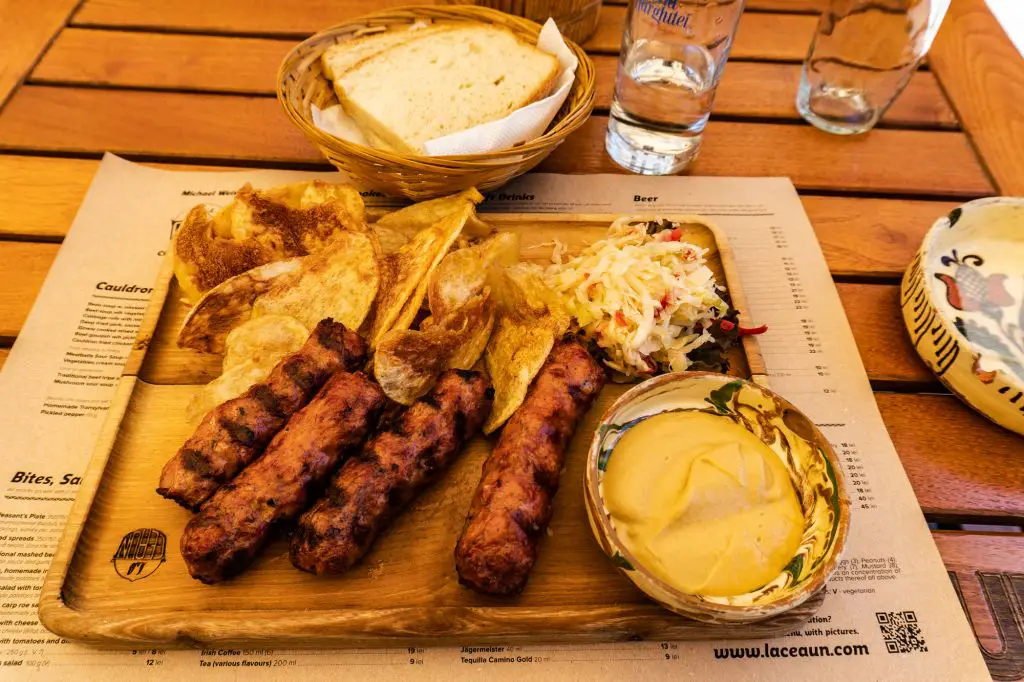
Cevapcici are served with ajvar and in a traditional lepinja bread in the Balkans. In Romania, the meat rolls are slightly larger and served with mustard and fries. I’m not as big of a fan of the mustard as I am of Ajvar, but it is still overall delicious.
Papanasi
The Romanian national dessert is without a doubt one of the most delicious things I’ve ever had. Papanasi is fried dough in the shape mixed with cheese served with cream and a jam.

Sarmale
This is one of the most popular dishes in Romania. Sarmale is the Romanian version of the stuffed cabbage roll. It is typically filled with meat and veggies. This is a popular dish in Turkish cuisine and certainly came from the times of Ottoman occupation. 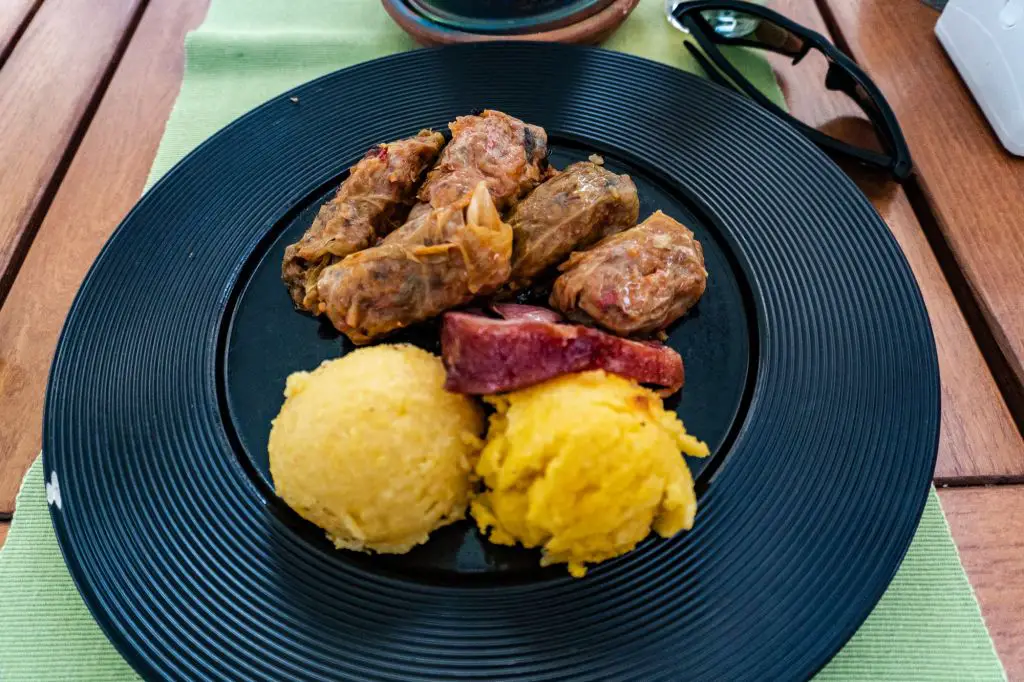
Mangalitsa Pig
Without a doubt, the most delicious thing and the absolute must eat thing in Romania has to be the Mangalitsa pig. Similar to the Iberico pig in Spain and Portugal, the Mangalitsa pig is part of that ultra premium market for pork.

The Mangalitsa pig is a Hungarian breed of domestic pig. It is a very old breed and has been raised in the Carpathian Basin since at least the Middle Ages. The Mangalitsa was brought to Hungary by the Magyars around 900 AD, but it is thought to be much older than this. It is believed that it may have come from Western Europe with the Celts or even earlier with Phoenicians or Romans.
The Mangalitsa has a curly coat of hair and an unusual fatty hump over its shoulders. The fat is spread throughout the muscle tissue rather than being deposited in one place as it is with other breeds of pigs. This makes it taste very sweet and tender. The Mangalitsa was once raised primarily as livestock for slaughter, but today they are also raised for their high quality meat products such as bacon and hams which are exported worldwide under brand names such as “Royal Oak” or “Bacon of Hungary”.
Meat dishes in general
Romanian dishes are just meat heavy in general. While there are plenty of veggie friendly salads and side dishes, traditional dishes all have meat. Be prepared for heavy-ish dishes and don’t plan on losing any weight when traveling through Romania!




